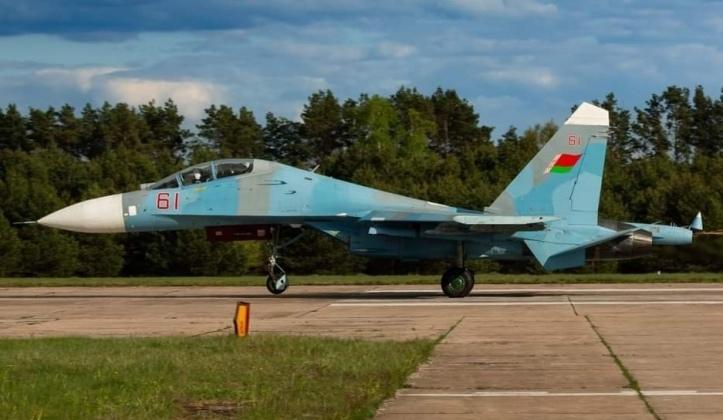The Current State of Russian Fighter Jets

Introduction
As tensions rise in various geopolitical hotspots, Russian fighter jets have garnered significant attention from both military analysts and international observers. Their evolving capabilities and strategic deployments reflect not only Russia’s military ambitions but also the changing landscape of global air power.
Recent Developments
In recent months, the Russian military has been actively upgrading and deploying its fleet of fighter jets. Highlighting this shift is the introduction of the Su-57, Russia’s fifth-generation stealth fighter, which has been touted as a response to advanced Western aircraft like the F-35. Recent reports indicate that Russia plans to enhance production capabilities, aiming to produce more Su-57s by 2025.
Additionally, various military exercises in the Arctic and Eastern Europe have involved significant participation from fighter jets, showcasing their versatility in various combat scenarios. Moreover, incidents involving Russian aircraft near NATO airspace have prompted discussions about their operational readiness and the need for increased vigilance among Western allies.
International Reactions
The deployment of Russian fighter jets has not gone unnoticed. NATO countries have responded by increasing their own air patrols and developing strategies to counter potential threats posed by Russia. In particular, the Baltic states have expressed concern over heightened Russian air activity, prompting collaborative defense initiatives among neighbouring countries.
Furthermore, the international arms deal landscape has seen increased activity, with countries observing Russia’s advancements in military aviation technology. Reports suggest that nations in the Middle East and Asia are keenly watching the developments of Russian fighters, leading to potential acquisition discussions that could reshape air power dynamics in those regions.
Conclusion
The escalation in Russian fighter jet capabilities and their strategic deployment underscores the importance of understanding military aviation’s role in modern conflicts. As Russia continues to modernise its fleet and assert its influence on the global stage, the implications of these developments will be crucial for international security, particularly in areas close to NATO borders. Analysts predict that the race to achieve air superiority will intensify, with both Russia and Western nations actively investing in advanced aircraft technology.
